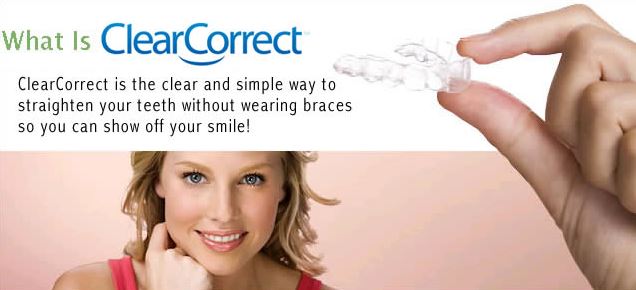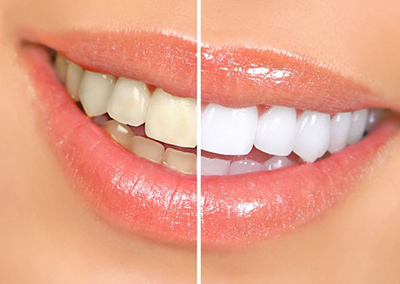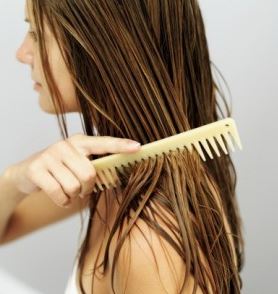
A new study published in the Journal of Sexual Medicine found that men in their 30s who had severe periodontal disease were three times more likely to suffer from erection problems. While this study suggests an association between erectile dysfunction and periodontal disease, the American Academy of Periodontology (AAP) believes more research is needed before conclusively linking the two.
According to Nancy L. Newhouse, DDS, MS, President of the American Academy of Periodontology and a practicing periodontist in Independence, Missouri, “Research has indicated that periodontal disease may be associated with vascular disease, which is a common cause of erectile dysfunction. However, the association is thought to be related to inflammation; there is no direct evidence that one disease causes the other. Therefore, periodontal disease may be associated with or considered a risk factor for erectile dysfunction, but does not necessarily cause it.”
Periodontal disease is a chronic, inflammatory disease that attacks the gums and supporting bone structure of the teeth. If left untreated, periodontal disease can lead to tooth loss. Several studies have linked periodontal disease to other health complications such as heart disease and diabetes.
While there is no direct causal relationship between periodontal disease and erectile dysfunction, Dr. Newhouse encourages all men to take an active role in the health of their teeth and gums before it affects other areas of the body. Research published in the Journal of Periodontology found women are almost twice as likely as men to receive regular dental check-ups. In addition, recent data from the Centers for Disease Control and Prevention estimate that over 64 million Americans, or almost half of U.S. adults, have periodontal disease. Of that, 56 percent of men have periodontal disease, compared to over 38 percent of women.
Men’s health is uniquely impacted by periodontal disease in a few key areas.
Prostate Health: Research found that the prostate-specific antigen (PSA), an enzyme created in the prostate that is normally secreted in very small amounts, is secreted at higher levels in men with periodontal disease and prostate cancer than men with just one of the diseases.
Heart Disease: Studies indicated periodontal disease and cardiovascular disease are associated and may actually increase your risk of cardiovascular disease. Both periodontal disease and cardiovascular disease are chronic, inflammatory conditions; researchers believe there is a connection due to the commonality of inflammation.
Impotence: As the study published in the Journal of Sexual Medicine indicates, a man’s periodontal health could affect his sexual health. Another study done by the American Urological Association found that prolonged chronic inflammation, like that found in men with periodontal disease, can cause damage to blood vessels which can lead to impotence.
Cancer: Recent research found men with a history of gum disease are 14 percent more likely to develop cancer than men with healthy gums. More specifically, 49 percent of men are more likely than women to develop kidney cancer, 59 percent were more likely to develop pancreatic cancer and 30 percent more likely to develop blood cancer.
To help prevent periodontal disease, everyone, regardless of gender, should receive a comprehensive periodontal evaluation (CPE) from a dental professional on an annual basis. A CPE is used to examine your teeth, plaque,
gums, bite, bone structure and any risk factors you may have for periodontal disease.
Your annual Comprehensive Periodontal Screening is more important than ever: Please schedule your appointment to see Dr. Koshki and Team today!










 Allerdent, a new therapeutic toothpaste delivery system is available by prescription for people with allergic rhinitis.
Allerdent, a new therapeutic toothpaste delivery system is available by prescription for people with allergic rhinitis. We face a lot of pressure to look youthful. This pressure comes from both internal and external sources. Many people decry this “youth movement”, but it’s not new. What is new is how we achieve this youthful look. In decades gone by, only the steel blade of a surgeon could reverse the ravages of time. In modern days, we look to more healthy ways to maintain both our youthful looks AND our youthful health. Your mouth is truly the gateway to your youthful health. Brushing and flossing is just the beginning. Dr. Koshki and his hygienists may recommend the use of products and tools to keep your oral tissues healthy and free from bacteria, free radicals and inflammation that lead to decay and gum disease.
We face a lot of pressure to look youthful. This pressure comes from both internal and external sources. Many people decry this “youth movement”, but it’s not new. What is new is how we achieve this youthful look. In decades gone by, only the steel blade of a surgeon could reverse the ravages of time. In modern days, we look to more healthy ways to maintain both our youthful looks AND our youthful health. Your mouth is truly the gateway to your youthful health. Brushing and flossing is just the beginning. Dr. Koshki and his hygienists may recommend the use of products and tools to keep your oral tissues healthy and free from bacteria, free radicals and inflammation that lead to decay and gum disease. While oral hygiene habits and diet influence the risk of tooth decay, genetics are also at play in regards to susceptibility for dental caries development … genetics that can also determine hair disorders
While oral hygiene habits and diet influence the risk of tooth decay, genetics are also at play in regards to susceptibility for dental caries development … genetics that can also determine hair disorders

